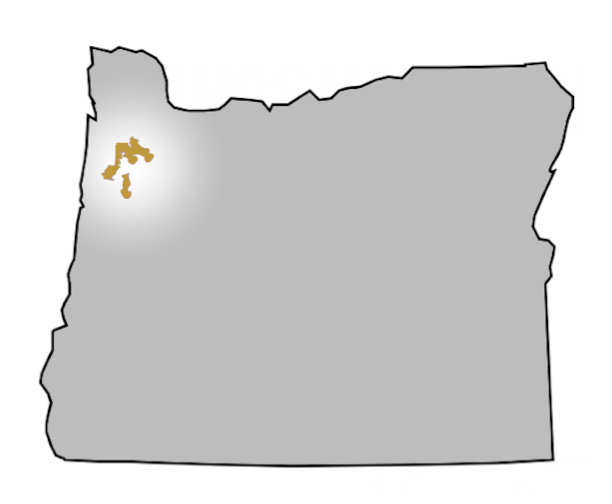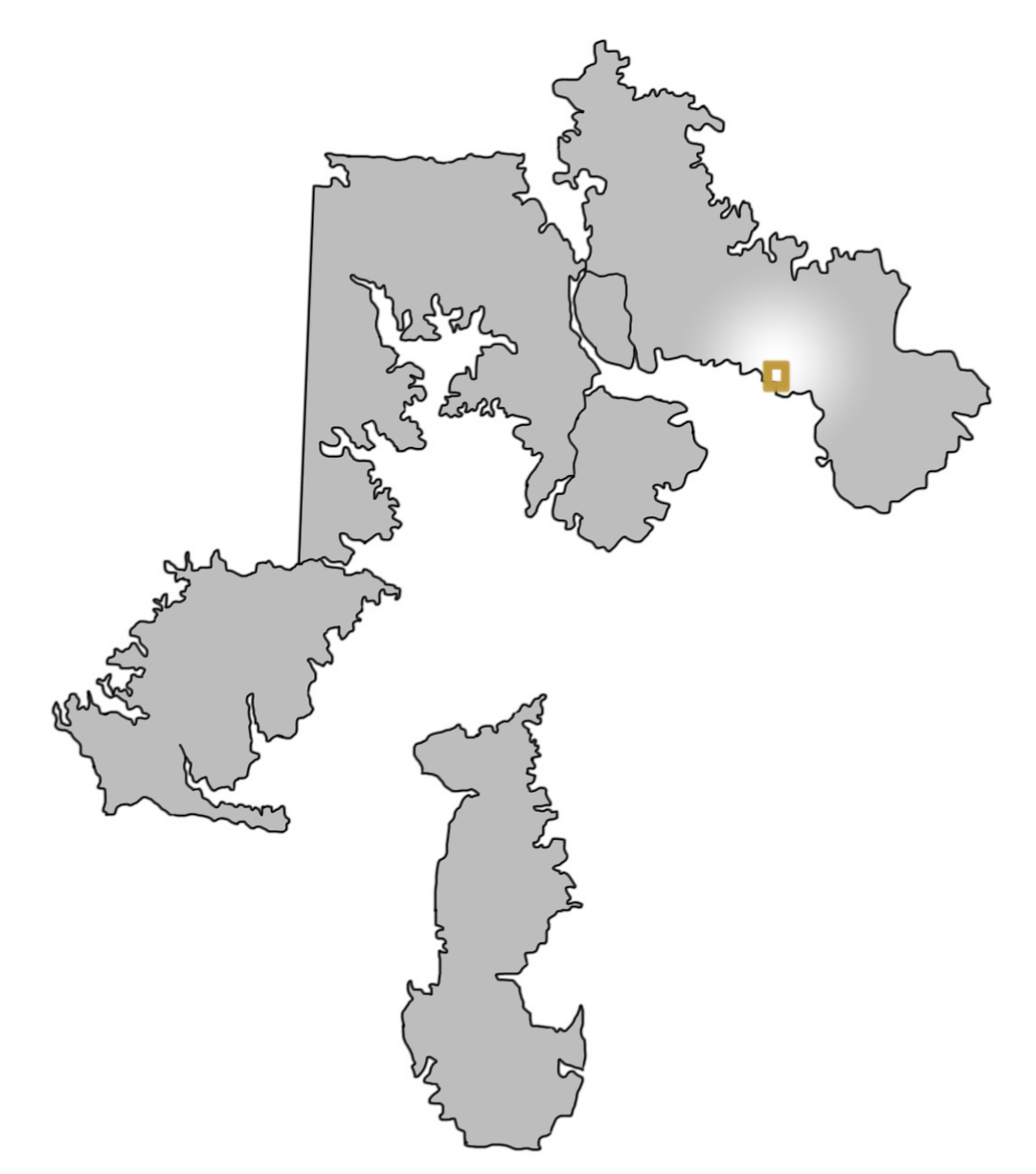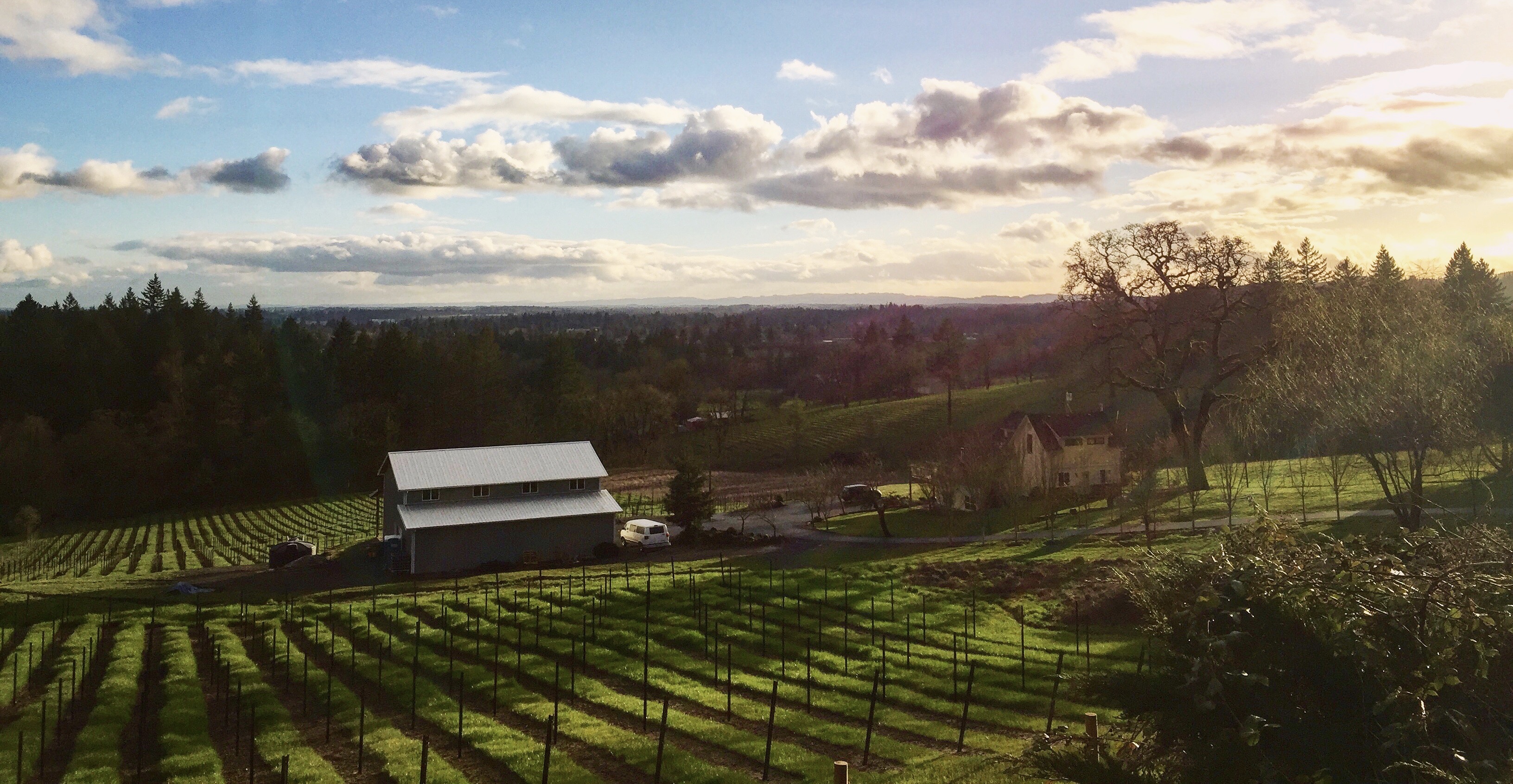King's North Estate Vineyard



The true north of west coast winemaking. With a total of 5 major wine regions, Oregon sees several different macroclimates ranging from cool Maritime in the Willamette Valley, to hot Continental climates in both the southern & eastern valleys of the state. This diversity in climates allows for a compelling assortment of distinctive varietals to thrive. Yet, the northern Willamette Valley overwhelmingly leads both planted acreage & production as Pinot Noir reigns king, mainly because of the regions superb location & growing conditions. The Willamette Valley's midpoint resides on the 45 degree north latitude, which is the same as Burgundy's famous Cote d'Or, the "golden slope" of Pinot Noir.

Vineyard Map
The last vine of King's North Estate Vineyard will be planted Spring of 2018. This five-acre site was primarily selected based on it's southern exposure, elevation & slope. Being at 45 degrees north latitude, the southern exposure ensures that the vines are receiving the most sunlight throughout the growing season.The vineyard stands at 230 feet above sea level at its southern base, and rises to 450 feet at the northern tip. This elevation is advantageous for large diurnal temperature swings, used to rapidly cool the grapes at night compared to that of the valley floor. The pitch also follows the escalating elevation, as the lower blocks tilt at a 10 percent slope, where the northern blocks increase to the apex of over a 20 percent- important for adequate drainage. Soil samples were taken from each of the blocks to identify the type of rootstock & clone of Pinot Noir that would be best suited, thus giving each block its own personality. The southwestern blocks contain Carlton topsoil, a silty loam known to bring darker fruit notes & earthier tones in Pinot Noir. Therefore, Wadensvil, Pommard & Dijon 115 were planted here to elevate those darker fruit notes, as well as give a fuller mouthfeel since the western blocks receive more heat & sunlight. On the eastern blocks, the 114 Dijon clone, or "finesse clone", was chosen to accentuate more red fruit notes from the weathered-basalt Dixonville. Being planted on the eastern side, this delicate clone will see mostly morning sunlight. Lastly, Dijon clone 667 was planted on the northern-most block on a mix of silt-based & sedimentary soils to add subtle spice notes. Farming will be committed to wholesome grape growing practices to ensure that each block reflects its own distinctive identity. Cheers to the years to come.




